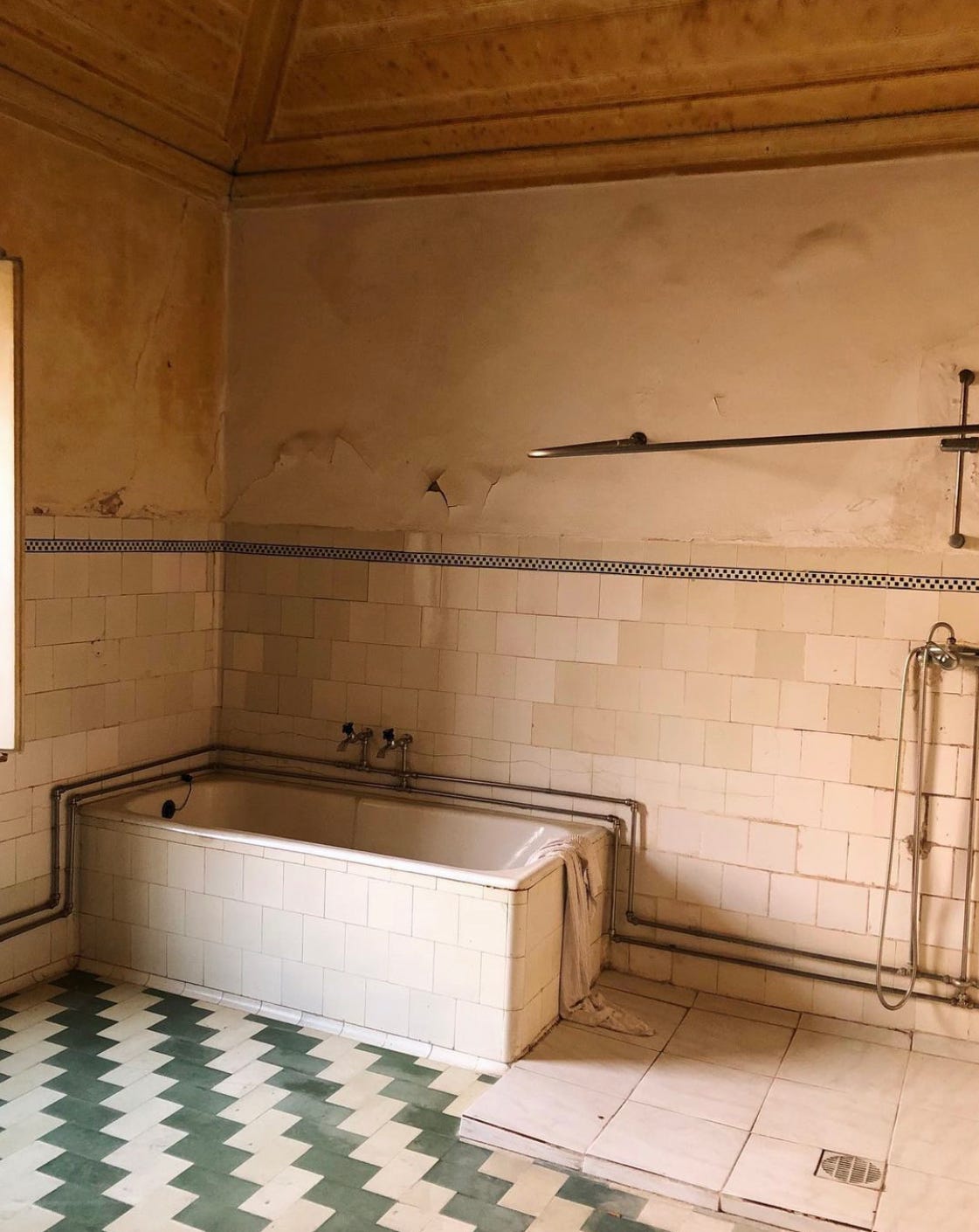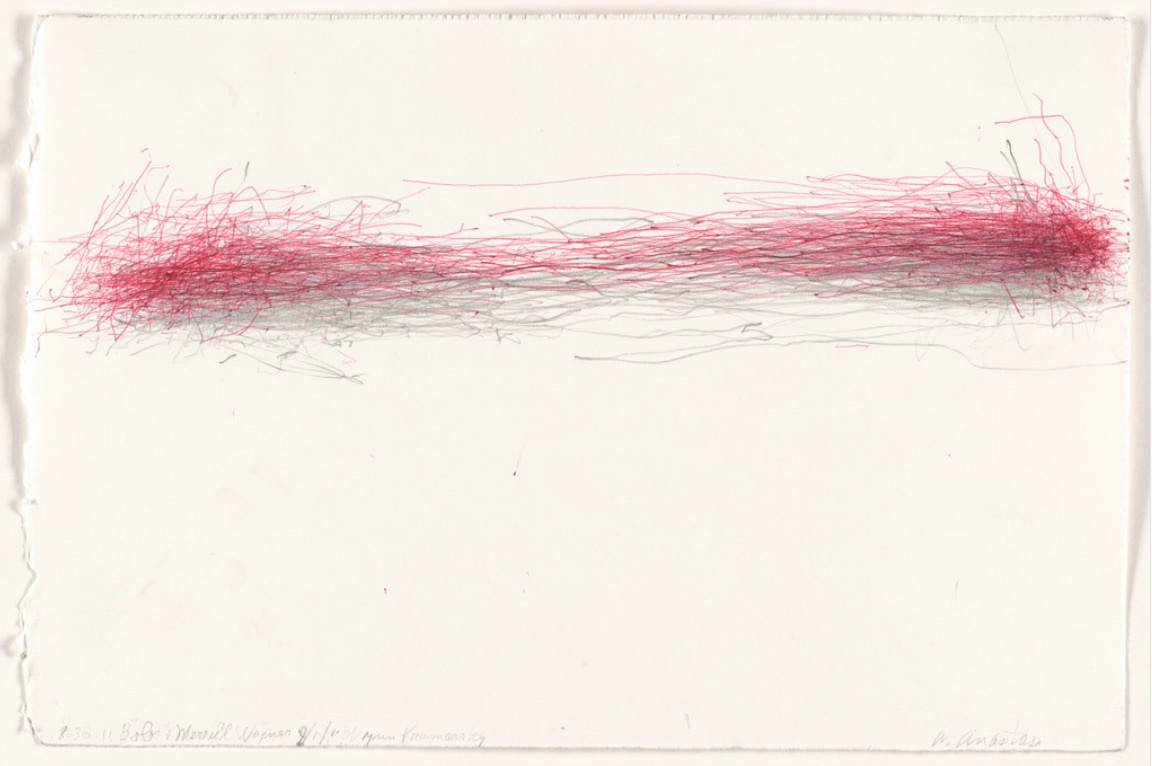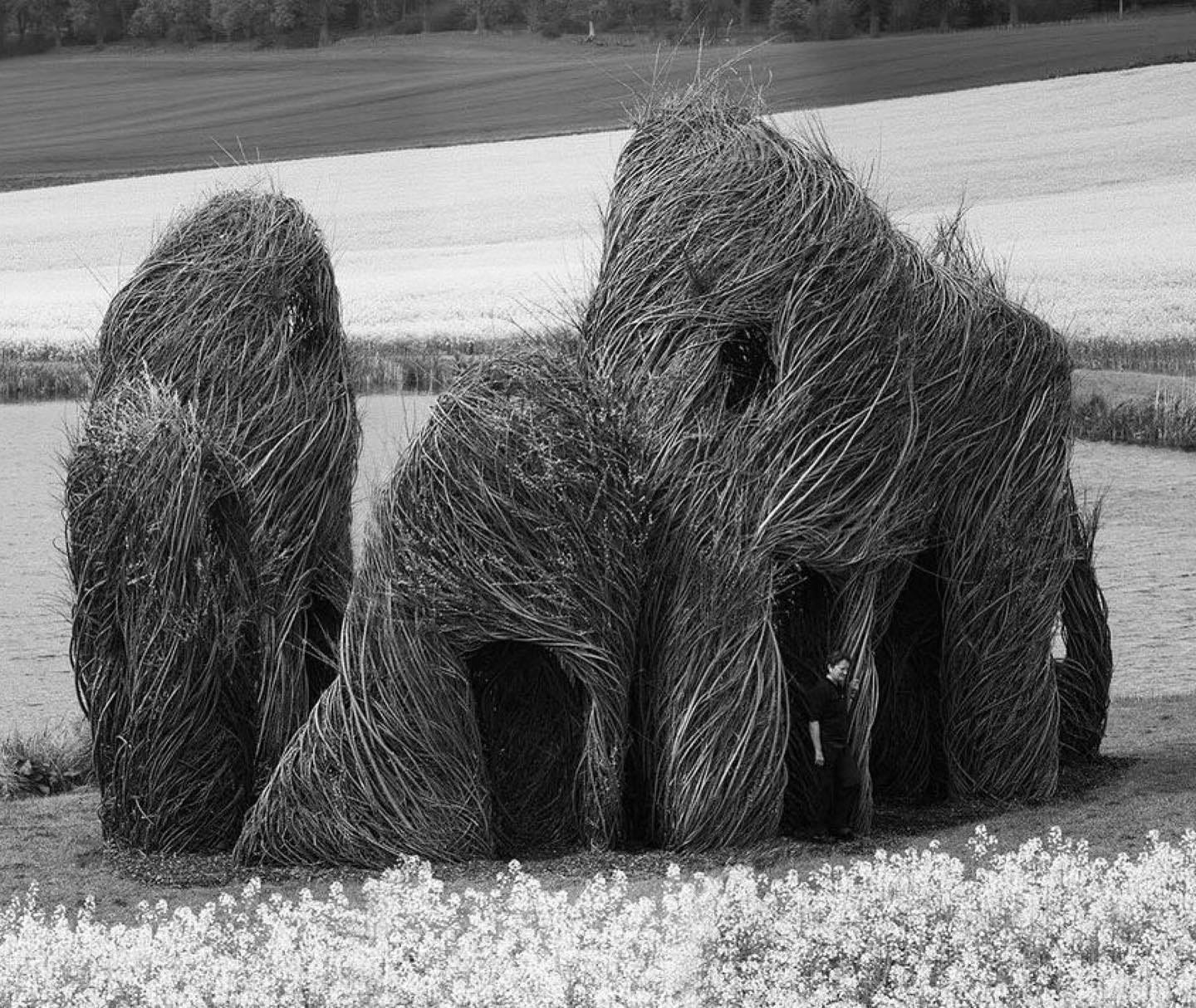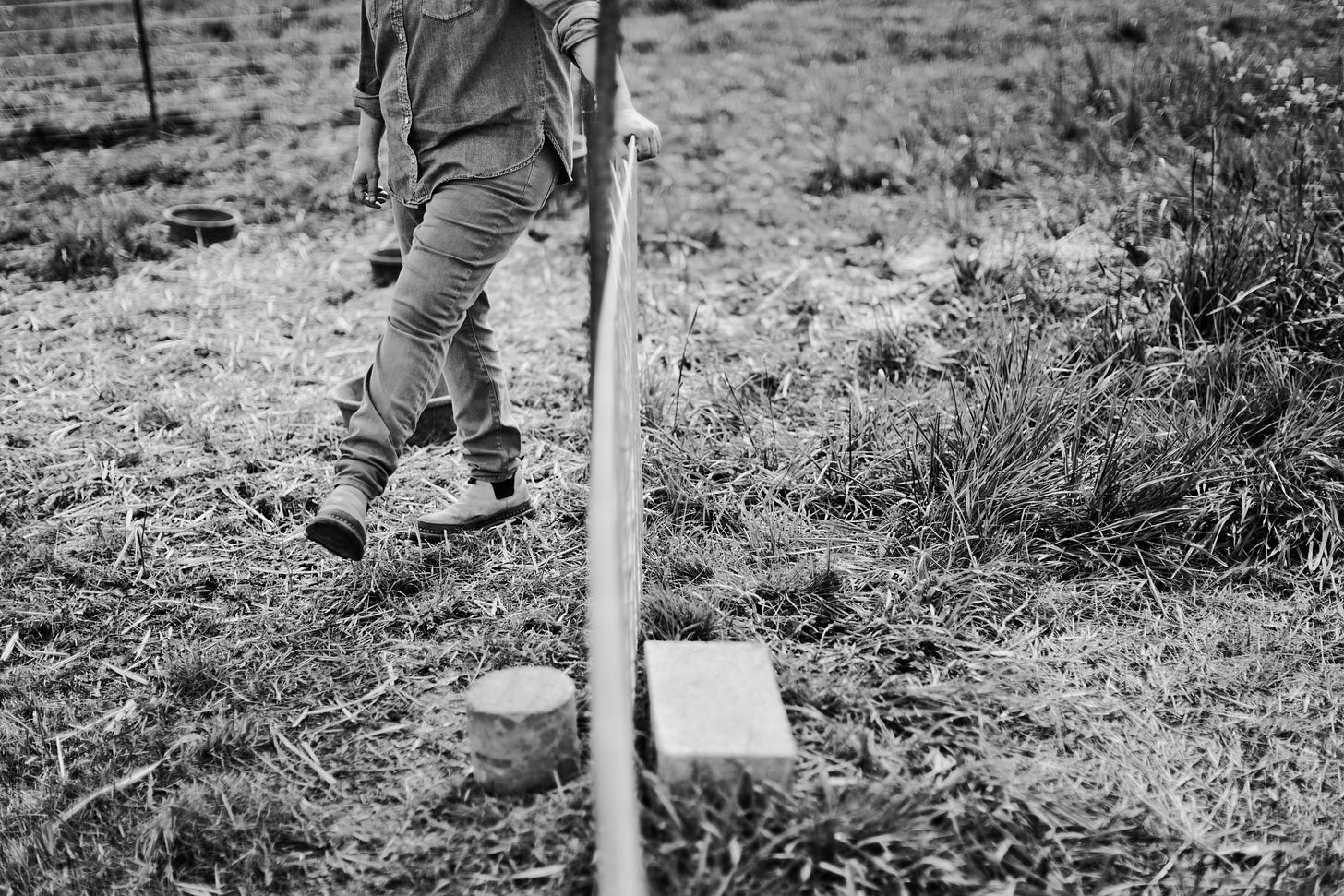At peak summer, a glimpse into our files of bric-a-brac — a few sources of light and wonder to punctuate the present.
Seasonal Cuisines —
• Useful context on a garnish
• Planning ahead to fall and winter edible gardens through this considered lens.
• “I just might add a tomato.” A conversation on when salad is more than salad...
• Balinese vanilla & blue corn tortilla; Gula Jawa & grated vanilla; rare mandarin — finding cooling refreshment and flavor pairing inspiration in the offerings from an unexpected little ice cream window.


Personal Collections —
• The genius never stops — scooping up a copy of this limited publication by a perennial favorite (with a subject matter that could not be any more apropos).
• “[Her belongings] really told the story of who she was as a person, how she wrote, and what was important to her…” What we would give to have a few hours snooping around the contents of this auction!
• Bookmarking this for oyster shucking seasons to come.

Art as Way of Being —
• Bookmarked in our never ending file of “places we would like to stay” — a high desert guest cabin from a favorite practicing artist, “designed to encourage visitors to reconsider their assumptions about daily habits and domestic spaces.”
• Inviting chance into the art-making process.
• Conceptual habitats for a shared future.
How This Machine Works —
"I'm learning so many different ways to be quiet. There's how I stand in the lawn, that's one way. There's also how I stand in the field across from the street, that's another way because I'm farther from people and therefore more likely to be alone. There's how I don't answer the phone, and how I sometimes like to lie down on the floor in the kitchen and pretend I'm not home when people knock. There's daytime silent when I stare, and a nighttime silent when I do things. There's shower silent and bath silent and California silent and Kentucky silent and car silent and then there's the silence that comes back, a million times bigger than me, sneaks into my bones and wails and wails and wails until I can't be quiet anymore. That's how this machine works."
— from Ada Limón’s “The Quiet Machine,” following the announcement of Limón named the 24th Poet Laureate
Ephemera —
A few miscellaneous clippings from the month:

“The beauty and mystery of this world only emerges through affection, attention, interest and compassion … open your eyes wide and actually see this world by attending to its colors, details and irony.”
— Orhan Pamuk

5 Questions with: Megan Denton
As we continue our conversations with the place where we are — a snippet of dialogue shared with our on-site permaculturist Megan Denton, on what it means like to connect with the language of the land.
Can you share a bit more about your background, what led you to what you are doing today?
My life experiences of knowing and existing in agricultural, culinary, and natural worlds has allowed me to see myself intertwined and connected to my environments. I studied at universities, was handed down ancestral knowledge of land connection, started my own farm, traveled around the world assisting in efforts of a true sustainable connection to nature and our place with in it. What I found, is as humans we co-exist and rely on nature for the essential foundations-food, shelter, and water. The connection is already there. The resolution is complex, like a mycelium web under our Native Oregon White Oak forests.As a naturalist…what is nature? How you consider what is “natural”?
Nature is self-sustaining and will be and has been since anticum. Land is culture and our culture starts with land.
“To be native to a place we must learn to speak its language,” writes Robin Wall Kimmerer. What languages are abound in our surrounding Oregonian forests?
Our Native Oregon forests and lands show us the abundance within healthy ecosystems and teaches us what it means to surrender to weather, time, and our existence within these ecosystems. This is the language of Oregon's natural habitats. The caveat is that we must have the patience to acknowledge this language and reciprocity for it.What are some of the skills for listening + being with the earth that might help us be in better relationship to where we are?
When I started [collaborating with Antica Terra], I literally sat, listened, and watched the land at different times of day and took note of its history, present, and how I could assist it returning to healthier and more Native state of being.
That's one of the powers of nature, regardless of who you are or where you are — it gives you everything you need and more, if we can look outside ourselves for even a moment to see it.
These are not lofty ideals; everyone and everything is connected to nature and has a memory of it and nostalgia from it that endures time.How can we approach a modern conversation that bridges traditional ecological and ancestral knowledge with ecological sciences?
With our species causing these ever-present ecological crises', many are now forced to 'listen', re-create, and shift our way of knowing and interacting with the forests and sands of Oregon and our time within them. This reality is one of the ways we are pressured to bridge this disconnect.
Learn more from Megan as she leads one of the offerings in our Antica Terra Excursions — a guided collection of native plants in the Tillamook State Forest. More details about our excursions can be found here.














